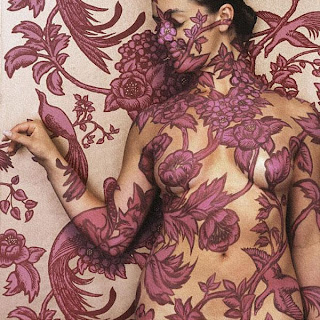 Body Painting Traditional
Body Painting TraditionalBody painting with clay and other natural pigments existed in most, if not all, tribalist cultures, often worn during ceremonies,it still survives in this ancient form among the indigenous people of Australia, the Pacific islands and parts of Africa. A semi-permanent form of body painting known as Mehndi, using dyes made of henna (hence also known rather erroneously as "henna tattoo"), was and is still practised in India and the Middle East, especially on brides. Since the late 1990s, Mehndi has become popular amongst young women in the Western world.
Indigenous peoples of South America traditionally use annatto, huito, or wet charcoal to decorate their face and body. Huito is semi-permanent and it generally takes weeks for this black dye to fade.
Actors and clowns around the world have painted their faces and sometimes bodies for centuries, and continue to do so today. More subdued form of face paints for everyday occasions evolve into the cosmetics we know today.
 Body Painting Modern
Body Painting ModernThere has been a revival of body painting in the Western society since the 1960s, in part prompted by the liberalization of social mores regarding nudity. Even today there is a constant debate about the legitimacy of body painting as an art form. The current modern revival could be said to date back to the 1933 World's Fair in Chicago where Max Factor and his model were arrested for causing a public disturbance when he bodypainted her with his new make-up formulated for hollywood films.